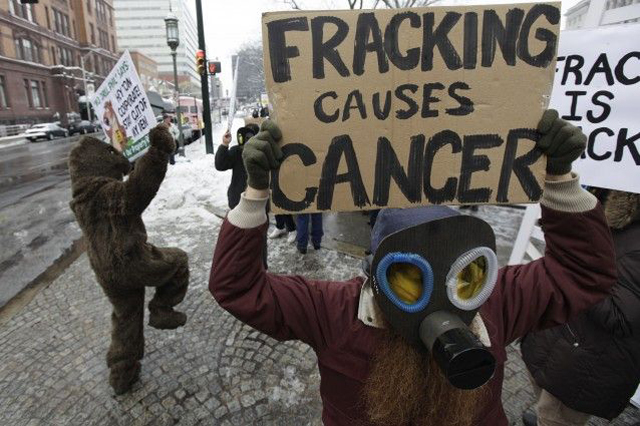Here is a question for your consideration. Why does a nickel trade for five pennies? The answer involves examining the alternatives.
Suppose a person is willing to sell nickels for four pennies. The nickel-seller will soon be out of nickels. Similarly, if a person buys nickels for six pennies each, that buyer will soon be out of pennies.
In both cases the exchange rate for nickels quickly returns to five pennies.
This seemingly trivial exercise has important policy implications, because it shows prices are a natural thing that can’t be altered by government mandate without causing serious problems. Interestingly, the benefits tend to accrue to the wealthy, with the rest of the population suffering the negative consequences.
Let’s examine three examples.
The first is the control on rents in New York City, which dates from 1943. Walter Block has shown rent controls in New York City have diverted investment away from housing and into other activities not subject to controls.
Minorities Hurt
This affects lower-income renters by reducing supply. It does not hurt high-income renters of luxury apartments, because they are exempt from the controls.
The 29% of rent-controlled apartments are deteriorated, whereas only 8% of the uncontrolled units are below standard.
The second example is a bit more arcane, but nonetheless very important in its effects. Currently the Federal Reserve is holding interest rates below market levels. The stated rationale is to encourage borrowing and investment.
However, low interest rates discourage saving and reduce investment because the funds pile up as excess reserves at the Fed or are held in cash by businesses and investors.
Currently these funds amount to trillions of dollars. Obviously, this is slowing the nation’s economic recovery.
The third example is the most perverse, in my opinion. It has to do with the minimum wage. Currently, the national rate is $7.25 per hour; it has been in place since July 24, 2009. Many states have higher rates.
Illinois, for example, has a minimum wage of $8.25 per hour and a proposal on the November ballot to raise it to $10 per hour. The State of Washington has a minimum hourly wage of $9.32, the highest in the U.S. Mayor Ed Murray of Seattle recently has proposed increasing it to $15 per hour.
Most analyses predict significant increases in unemployment among poorly educated urban minority teenagers in the wake of minimum wage increases.
More recent studies of state changes, however, especially by Card and Kruger, have found little or no unemployment increases after minimum wage hikes.
Their study of the 1992 change in New Jersey from $4.75 to $5.05, compared with no change in the neighboring state of Pennsylvania, found no significant change in unemployment in either state. Several rebuttal studies have been subsequently published.
My explanation of the Card and Kruger study is that the 1992 change in New Jersey followed two increases in the nationwide rate.
In April 1990 the nationwide rate went from $3.35 to $4.25 per hour, and in April 1991 it was raised to $4.75 per hour.
My conclusion is that the changes to the youth employment market had already occurred by the time New Jersey increased its rate in 1992.
The lesson from all these studies is not whether increases in the minimum wage cause a corresponding increase in minority youth unemployment, but by how much.
The innocent exercise of understanding why a nickel trades for five pennies gives us insight into two tragedies. One is that the least-able workers are the most victimized, and the other is that the victimization has lasted so long.
Could it be that policymakers tend to jettison simple logic for a political gain?
[Originally published at Investor’s Business Daily]





